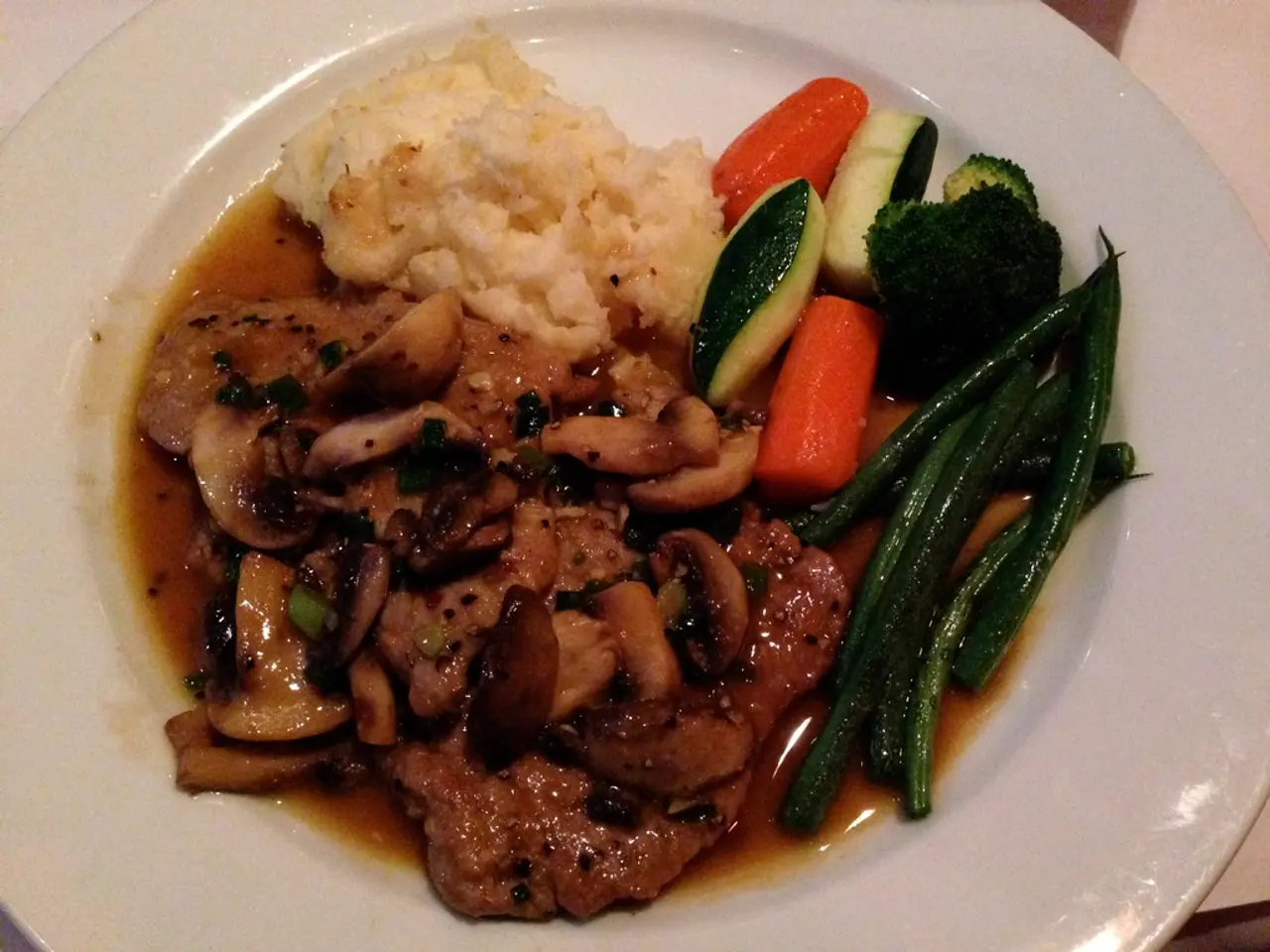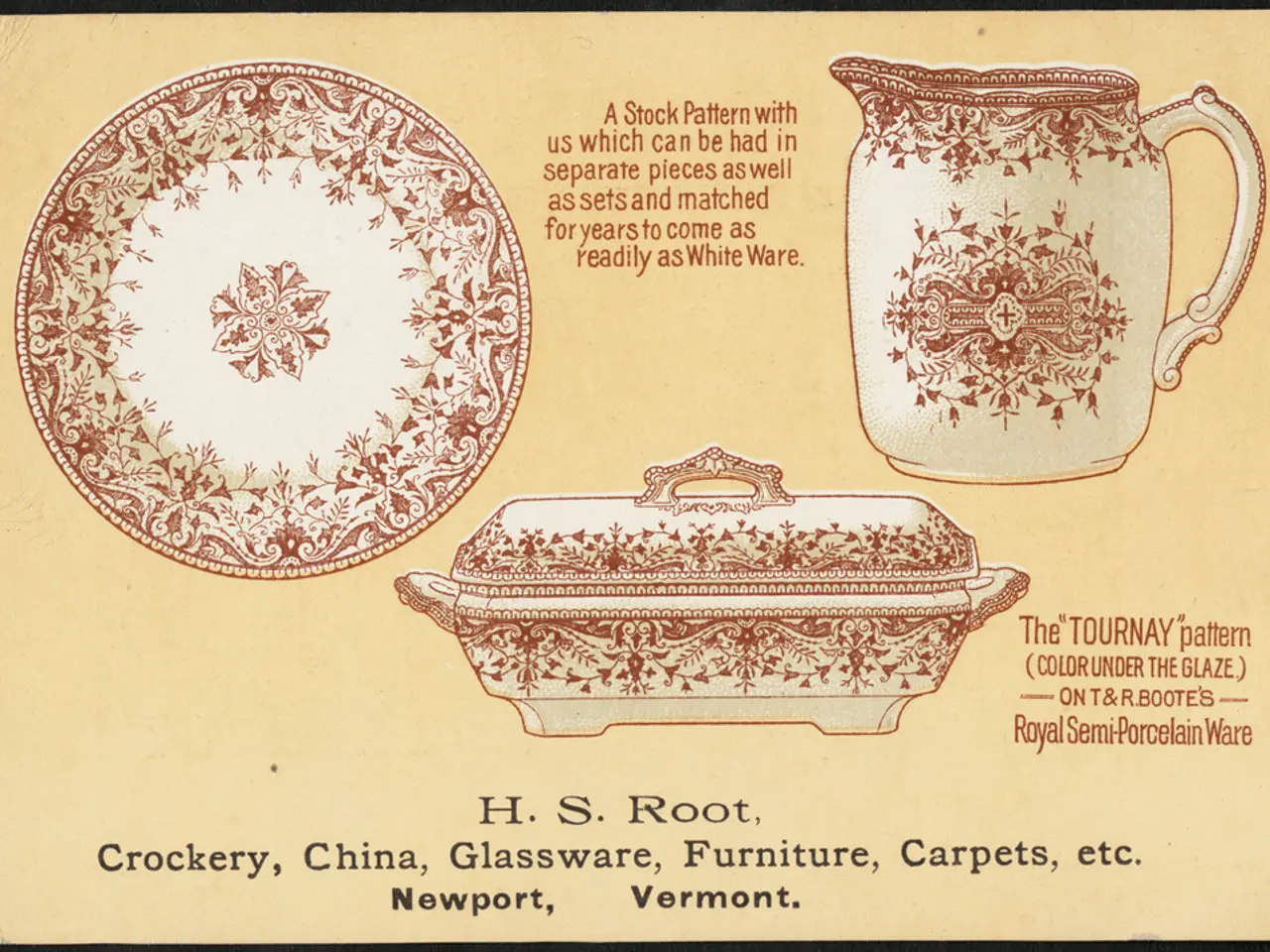Tips and Techniques for Cultivating and Preparing Choy Sum: Essential Insights and Shortcuts
Choy sum, a native Chinese vegetable with the scientific name Brassica rapa var. Parachinensis, is a popular choice for home gardeners due to its crisp, tender leaves and stems rich in vitamins A, C, K, and minerals like calcium and iron. Here's a comprehensive guide on how to grow choy sum successfully at home.
Soil preparation is crucial. Use well-draining, fertile soil rich in organic matter. Avoid using compact garden soil in containers to ensure good aeration and root growth.
Choy sum thrives in full sun to partial shade, ideally receiving at least 4-6 hours of direct sunlight daily. Maintain consistent moisture, especially during germination. Water newly planted seeds or seedlings frequently to keep soil moist but not waterlogged. After establishment, about 1 inch of water per week is sufficient.
Choy sum grows best in cooler seasons, with peak harvest in winter and early spring. However, it can be grown year-round with appropriate care. Sow seeds or seedlings spaced adequately to allow airflow and reduce competition. For similar greens, around 12-18 inches apart in rows is recommended, but adjust based on your container size if growing in pots.
Harvest when stems are 8-12 inches long by cutting 2-3 inches above the soil surface. Younger plants are sweeter and more tender; as Choy sum matures, stems may become fibrous and tough, so consider peeling thicker stems before cooking.
To encourage germination during hot, dry summers, plant right before or after rainfall or provide some shade to reduce soil drying. Mulching around plants helps retain moisture and moderate soil temperature. If regrowing from store-bought stalks, cut the base of the stalk and root it in water before transplanting into soil.
Organic methods are recommended for combating common pests and diseases. Aphids can be removed by hosing down the plants or using ladybug larvae. Slugs, snails, and caterpillars can be manually removed or controlled with row covers. The cabbage maggot can be prevented with row covers and crop rotation. Mildew can be controlled with a solution of water and baking soda and prevented by avoiding excessive watering and planting choy sum too closely together.
Choy sum seeds typically take 7 days to germinate, with growth periods varying drastically depending on the variety, ranging from as early as 25 days to as long as 80 days. All parts of choy sum are edible, and the taste can be compared to that of broccoli rabe, but it's much less bitter.
Choy sum is a leafy vegetable from the Brassicaceae family, also known as yu choy in Cantonese. It has slender, light green stems and broad, oval-shaped leaves. As the plant matures, it produces small clusters of yellow flowers similar to those of the rapeseed plant.
Choy sum is best cooked fresh, but can be stored in the fridge for a couple of days or blanched and frozen for 6 to 8 months. However, extended periods of drought and heat, and scarce minerals and nutrients in the soil, can lead to bolting and a bitter taste.
With these expert tips, you can enjoy fresh, nutritious choy sum grown at home. Gai lan works best as a substitute for choy sum in Asian dishes, while broccolini can be used instead of the flowers and stems, collard greens can be used as a replacement for choy sum leaves, and Napa cabbage works well in stir-fries. Bok choy can be used as a substitute for white yu choy or varieties where the stems are broad and thick. No substitute will completely match the flavor profile of choy sum.
- Incorporate choy sum into your food-and-drink lifestyle for a healthy cooking approach, as its tender leaves and stems rich in vitamins are perfect for various dishes.
- After enjoying the fresh, home-grown choy sum, consider using bok choy as a substitute for white yu choy or varieties with broad and thick stems, making it ideal for stir-fries, which aligns well with a healthy-cooking lifestyle.




